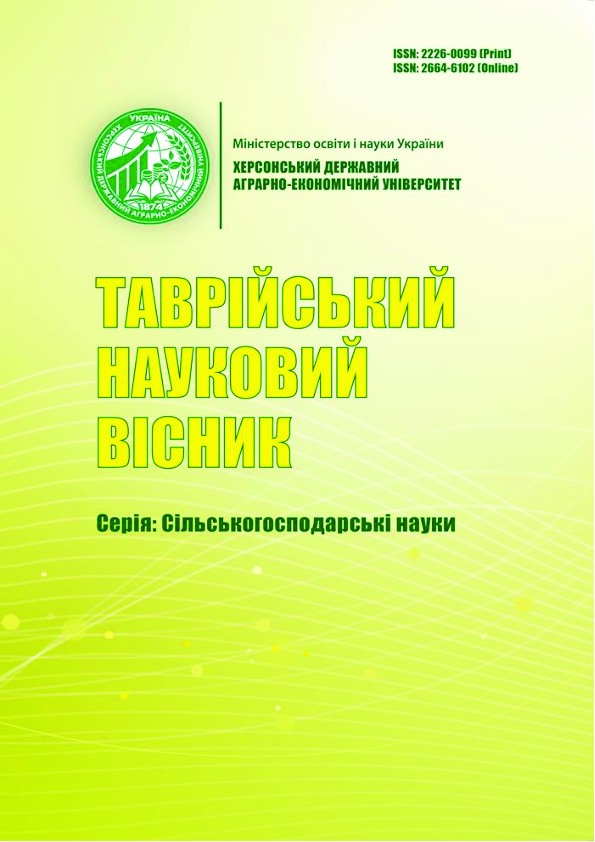id: 37144
Title: Hydro-ecological assessment of pond water quality
Authors: Vradii O.I.
Keywords: surface water, pollution, ecological condition, concentration, hydro-ecological indicators
Date of publication: 2024-09-19 09:52:39
Last changes: 2024-09-19 09:52:39
Year of publication: 2024
Summary: The quality of surface waters of Ukraine, their ecological condition and prospects for use by the country`s population for industry, agriculture and everyday life are analyzed. Surface waters in modern times are constantly exposed to pollution, damage and destruction. Due to the fact that the water supply of the population of Ukraine is carried out to a greater extent at the expense of surface water. The high percentage of pollution of hydrological objects, the loss of clean fresh water, the reduction or complete disappearance or extinction of biodiversity, among which there are few and rare species, provokes the fact that the issue of the ecological state of surface water objects becomes more and more acute and acquires even greater importance. actuality In particular, it is worth noting that ponds are one of the artificial and semi-artificial surface water bodies. Although the intensity of industrial production has decreased in recent years, a large number of hydrological objects have been contaminated as a result of russia`s full-scale military aggression. When hydrochemical parameters were studied in the selected water samples, using the example of the Tashlyk pond in the village of Verbka, Tulchyn district, Vinnytsia region, the highest concentration was found in the third sample (an unauthorized landfill located on the shore), where the pH value was 6.5, which indicates an alkaline water environment. The concentration of ammonium nitrogen in the water was 0.5 mg/l, the nitrite indicator was 3.2 mg/l. The nitrate content was found at a concentration of 43.0 mg/l. An excess of calcium content of 347 mg/l was recorded. The content of chloride concentration was 248 mg/l. The indicator of total hardness was 3.1 mg-eq./l, and mineralization (dry residue) was 73 mg/l. The study of hydro-ecological indicators (heavy metals) showed their highest concentration also in the third sample, where the content of Pb in the sample was 0.09 mg/dm3, Cd was 0.008 mg/dm3, Zn in sample 3 was 3.7 mg/dm3, Cu was 0.8 mg/dm3, but no exceedances of maximum permissible concentrations were detected.
URI: http://socrates.vsau.edu.ua/repository/getfile.php/37144.pdf
Publication type: Статті у наукових фахових виданнях України (Copernicus та інші)
Publication: Таврійський науковий вісник. Серія: Сільськогосподарські науки. 2024. Вип. 137. С. 482-488. DOI: https://doi.org/10.32782/2226-0099.2024.137.57
In the collections :
Published by: Адміністратор
File : 37144.pdf Size : 1472713 byte Format : Adobe PDF Access : For all

| |
|
|